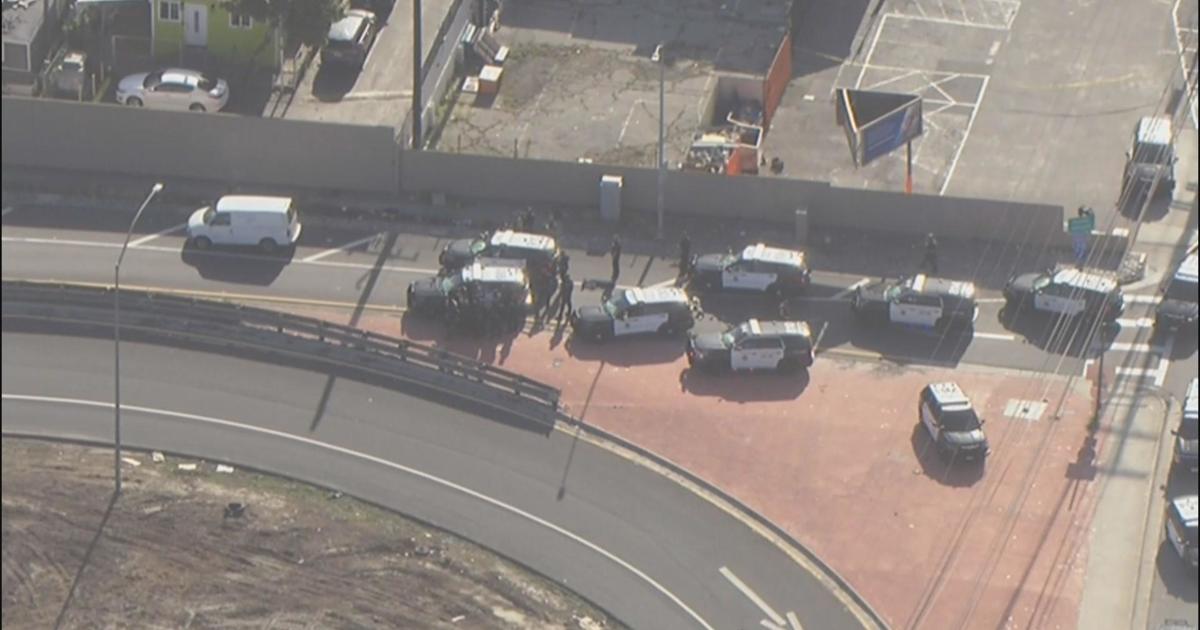'Overwhelming': Scientists Confirm Massive DDT Dumping Ground On Ocean Floor Between Long Beach, Catalina Island
LONG BEACH (CBSLA) — Scientists have confirmed the existence of a massive toxic dump site in the ocean between Long Beach and Catalina Island.
Rumors of a massive chemical dumping ground have persisted in the scientific community for at least 30 years, but it wasn't until recently that local scientists confirmed the existence of a large chemical dump site in the waters of Southern California.
"It's a feeling of -- how does nobody know about this? How is it that we are the first people to ever see this with our eyes?" UC Santa Barbara professor Dr. David Valentine said.
Between 2011 and 2013, the professor and his crew, on their own time, used a camera attached to an autonomous vehicle to scour the ocean floor, 3,000 feet deep, between Long Beach and Catalina Island. What they found was sickening – literally and figuratively.
"We're talking about a hundred thousand, hundreds of thousands of barrels of industrial waste, much of it toxic, that we just dumped there because it was easy," Valentine said.
Since then, Valentine's team has been piecing together how the toxic waste dump came to be there. They have come to suspect it was a second dump site of Montrose Chemical Corp. A legal battle years ago found the Torrance company dumped millions of pounds of DDT into county sewers from the 40s until the 70s and devastated a 34-square-mile area off the Palos Verdes Coast that was later designated a Superfund cleanup site.
Valentine had published his new findings last year, stunning residents and state leaders. But the news may help biologists understand the high levels of DDT in California's sea lions and their startling rate of cancer, which they say is rare in wild animals.
"About 25% of adults, subadults, have cancer and that is an extremely alarming number," Marine Mammal Center veterinarian Dr. Cara Field said. "Given the very severely high rate and how abnormal it is, it is really important that we understand what is driving this disease in these animals."
Humans cannot get DDT contamination from swimming or surfing, scientists say. But the primary concern over the underwater dumping site is how the barrels are affecting animals and the ecosystem and how to manage it or clean it up.
The Scripps Institution of Oceanography last month began surveying 35,000 acres of ocean floor, including Valentine's site. The count continues, but researchers have described the findings so far as "overwhelming."
"I think it's yet another reminder of how we need to interact with nature in order to have nature," he said.




